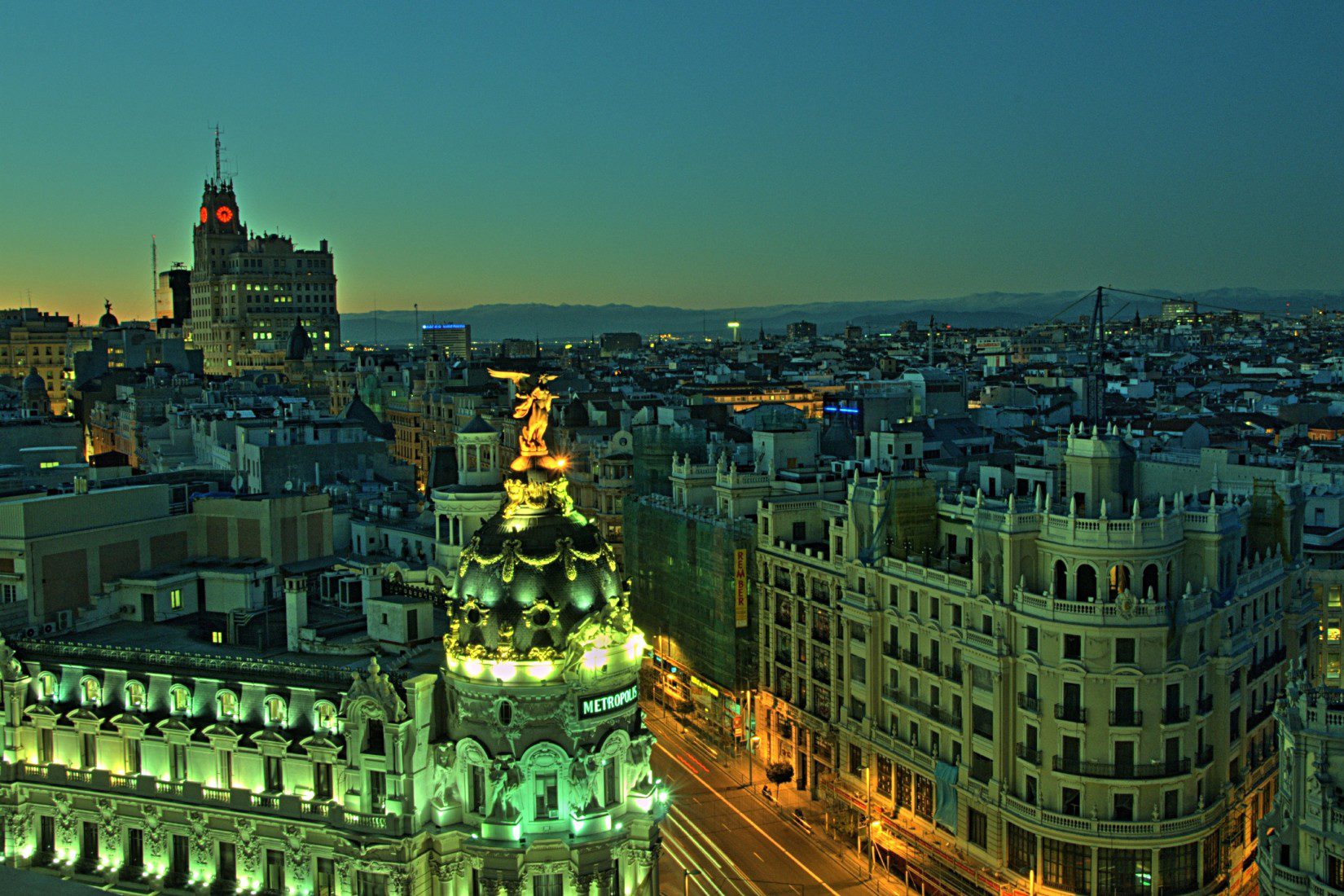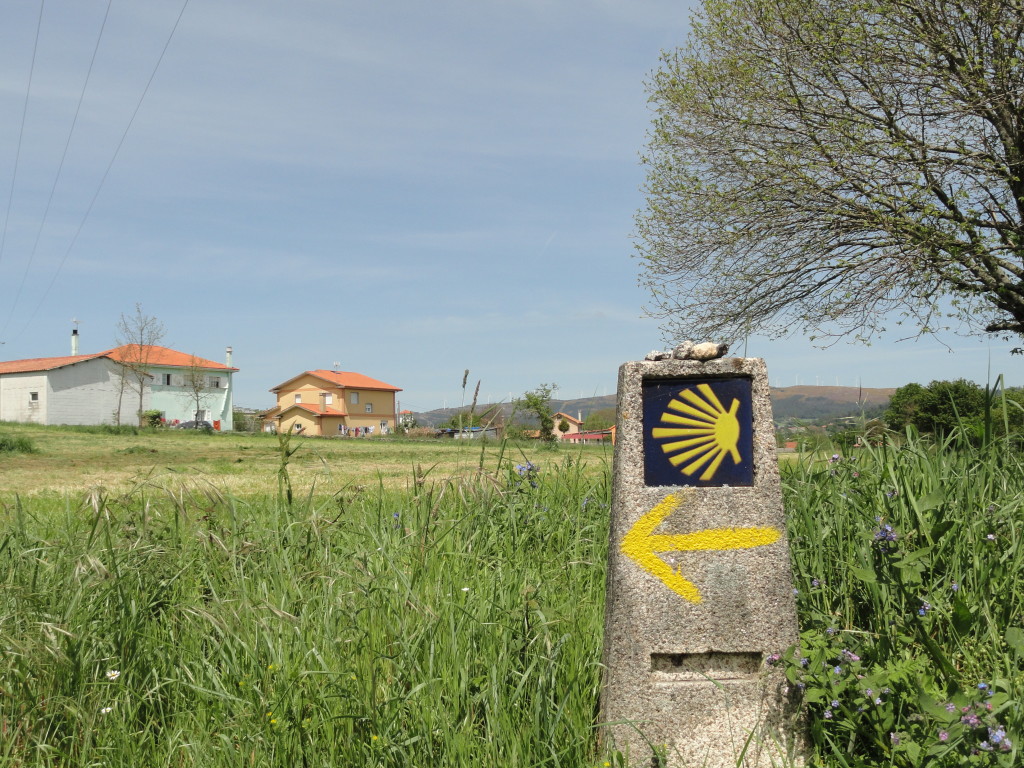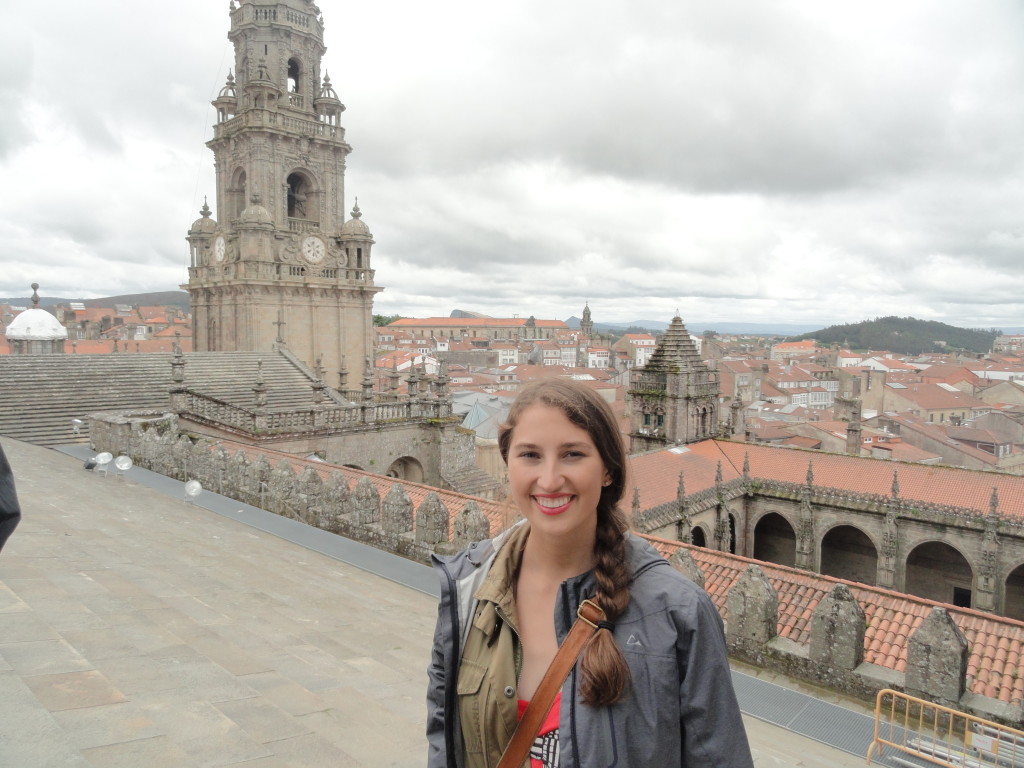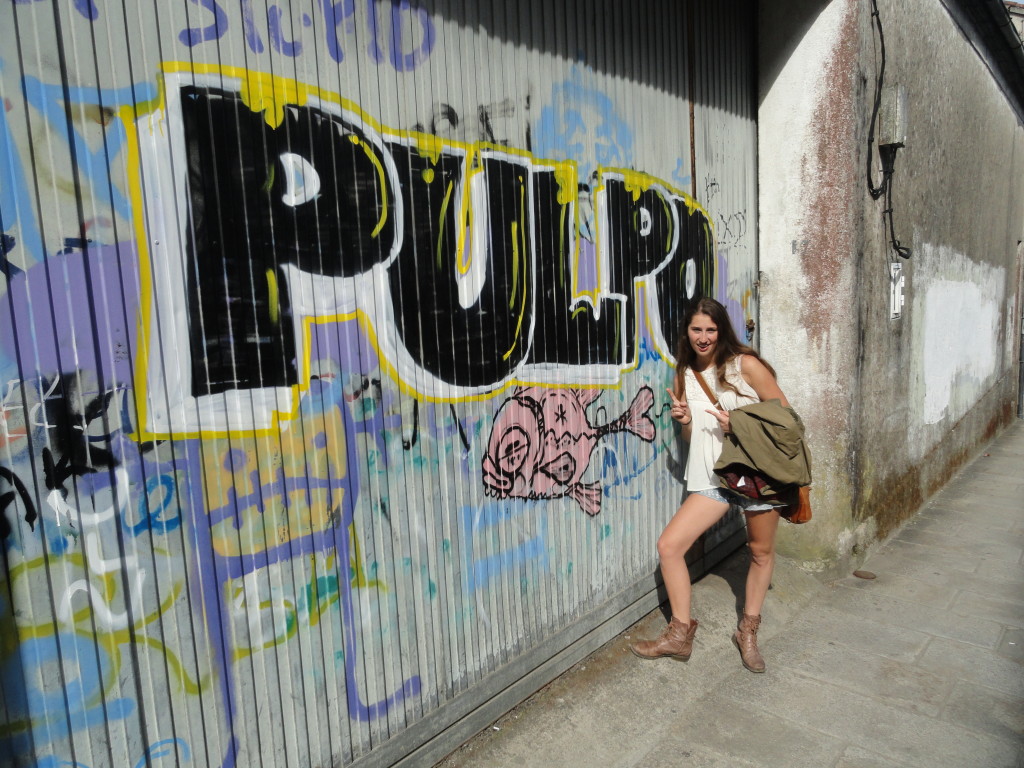Just as our study abroad program started off with a group trip to Granada in Southern Spain, it ended with a group trip to Galicia in Northwest Spain. Our university always does this trip at the end, because our program director Ramiro is from Galicia.
It was the trip I’d been looking forward to the most, for several reasons. First, Galicia was the topic of my project for that class, so I already felt a certain connection to it. Second, it’s completely different from the desert that is Madrid. It resembles Ireland with lush green hills, foggy coasts, and it even has quite a bit of Celtic history. The people of Galicia actually descend from a Celtic tribe called the Gallaeci that migrated there during the Bronze Age. Since I’ve always loved Ireland and grew up Irish dancing, Galicia appealed to me if not just for its similarity to Ireland.
The third reason is a little more serious and hard to explain. The main tourist attraction in Galicia is Santiago de Compostela. It’s a place of pilgrimage for Catholics but also for people looking for some kind of closure or spiritual awakening. Santiago is better known as Jesus’s disciple James, and the legend goes that he was buried in the city now named after him. Santiago has gone on to become the patron saint of Spain with the Reyes Católicos and Franco’s dictatorship using him as a symbol of catholicizing the country. Every year people walk from France through the Pyrenees to Santiago de Compostela in a journey of transformation both religious and spiritual, called the “Camino.”
If I’m being honest, none of this religious stuff really mattered to me. I felt a tie to the city for a different reason. In the priest’s homily at my father’s funeral, he spoke of the Camino and the city of Santiago de Compostela. The strange part is that the priest didn’t know that I was studying Spain or that anyone in my family really had anything to do with Spain. I like to think that this was my dad’s little wink at me. Since that homily, I have felt an inexplicable connection to Santiago as if my father was trying to get me to go there. I know logically that it was probably just a coincidence, but I feel the connection nonetheless.
We arrived on Thursday night, where we checked into Hotel San Martin Pinario, which is a hotel housed in what used to be a monastery. It sits directly across from the Cathedral and the bedrooms look like little chambers carved into a mountain with their rock walls. The next morning we toured around the city a bit before a formal tour of the Cathedral. Our tour took us to the roof of the Cathedral, which has an amazing view of the city. I recommend doing the roof tour if possible.
While many of my classmates didn’t really seem to have a connection to the church I did, so several times I was the only one praying or touching a relic. I understand, many of my classmates are Jewish or non-spiritual/religious, but I wasn’t about to let this moment go by without really interacting with it. That’s why I stayed later at the Cathedral to watch the “Botafumeiro.” For those of you who aren’t catholic, this is the just a pot with incense on a swing that priests usually use to bless the church. It’s typically about the size of fist, but the cathedral in Santiago de Compostela has the largest “botafumeiro” in the world. It’s about the size of a large dog and is swung at high speeds from the ceiling. It’s kind of just a tourist attraction at this point, but worth seeing.
The next day we walked part of the Camino, which everyone complained about because it was hot out and the road was slightly muddy. Once again, no one seemed to appreciate the moment like I did. Even when I got shocked by an electric cow fence while walking the Camino, I still was glad to be there. Maybe it’s because I’ve experienced loss and know what it’s like for things to be really bad, but I just wish other people could appreciate these experiences without having to have the comparison of the flipside. We’re alive and that should be reason enough to be happy.
The same went for later in the day when we ate pulpo, which is octopus, and a traditional Galician dish. Few people wanted to try it. I understand not liking it, but what I didn’t understand was not trying it. What if today were your last day on Earth, wouldn’t you want to have had every experience you could?
When we visited these Gaelic ruins on the beach later that day, people sat in front of these life changing views planning pictures for Instagram. They were more concerned about the picture than the actual thing in front of them. You can’t take pictures to the grave, but you can take memories.
I know what it’s like for a life to end abruptly. The sad fact is that everyone is going to die. Nothing matters. Not to be a nihilist, but it’s true. Fill your time with things that are exciting and meaningful, because in the end that’s all you get. If there’s something I think my dad wanted to me to learn, from Santiago or just in general, it’s that.



